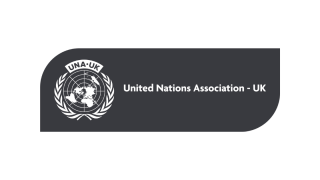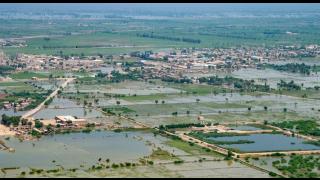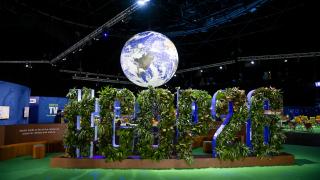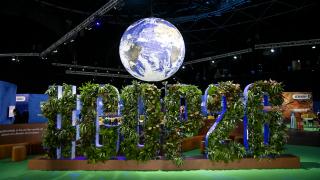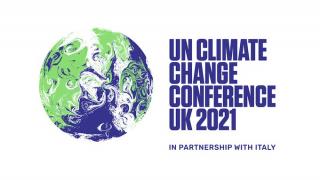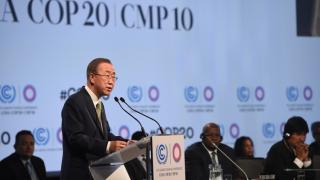
UN member states have reached a draft climate agreement after two weeks of talks at the UN Framework Convention on Climate Change (UNFCCC) conference in Lima. The meeting reopened debates about whether developing and developed countries should have ‘differentiated responsibilities’ for the reduction of global carbon emissions, triggering a stalemate over guidelines for national pledges. The draft agreement, reached after the conference was extended, has come under fire from environmental organisations, which had hoped for a more promising prequel to the Paris summit in September 2015 where the final deal is due to be signed.
States had agreed to submit their national pledges on tackling climate change – formally known as their Intended Nationally Determined Contributions (INDCs) – by the first quarter of 2015. It was anticipated that the Lima conference would provide substantive guidance on these submissions.
However, the revival of old disagreements about which states should bear a higher burden for carbon emissions reductions caused a setback in the proposed timeline. While the developed world has greater historic responsibility for carbon production, emissions from emerging economies have risen rapidly in the past decade, with China overtaking the US to become the world’s largest emitter in 2006–2007. Among the issues under debate was whether the INDCs should set higher benchmarks for wealthier nations and include commitments for financial support and assistance to states that may struggle to reduce emissions, deal with the impacts of climate change and afford clean technology.
Unable to break the political deadlock, only states “ready to do so” are now required to submit their INDCs by the proposed deadline, and there has been little guidance on what form these pledges should take. The final document maintains that the developed world will continue to take a leading role in the fight against climate change, but exactly how the responsibilities will be shared has not yet been resolved.
However, according to UNFCCC Executive Secretary Christiana Figueres, the draft agreement was a sign of international cooperation. Applauding the “scaling up of pledges for the Green Climate Fund”, Figueres said delegates will leave Lima on a “fresh wave of positivity towards Paris” having reached major decisions “on how to better scale up and finance adaptation, alongside actions on forests and education”.
Manuel Pulgar-Vidal, Peru’s Minister of the Environment, who presided over the conference, said governments left the meeting “with a far clearer vision of what the draft Paris agreement will look like” and with a “new urgency towards fast tracking adaptation and building resilience across the developing world”.
For environmentalists, the agreement did not pave the way for progress in Paris. Samantha Smith, Leader of WWF’s Global Climate and Energy Initiative, said the “half-baked plan” was a poor substitute for the anticipated set of specific guidelines which would have “accelerated the move toward renewable energy and increased energy efficiency” by 2020. Sara Cowan, on behalf of Stop Climate Chaos Scotland, was also critical, stating that “developed countries didn’t put enough on the table” to secure the trust of their developing counterparts.
The Lima draft is a far cry from the robust climate agreement that UNA-UK would like to see. In our 2013 briefing, we set out how the INDC approach might serve as a pragmatic milestone in international action on climate change. We believe that the UK should continue its efforts to raise the level of ambition in the UN ahead of the Paris conference, and set challenging targets for reducing carbon emissions at home.
To read about UNA-UK’s recommendations for UK foreign policy on climate change, click here to view our manifesto: A Global Force for Good.

